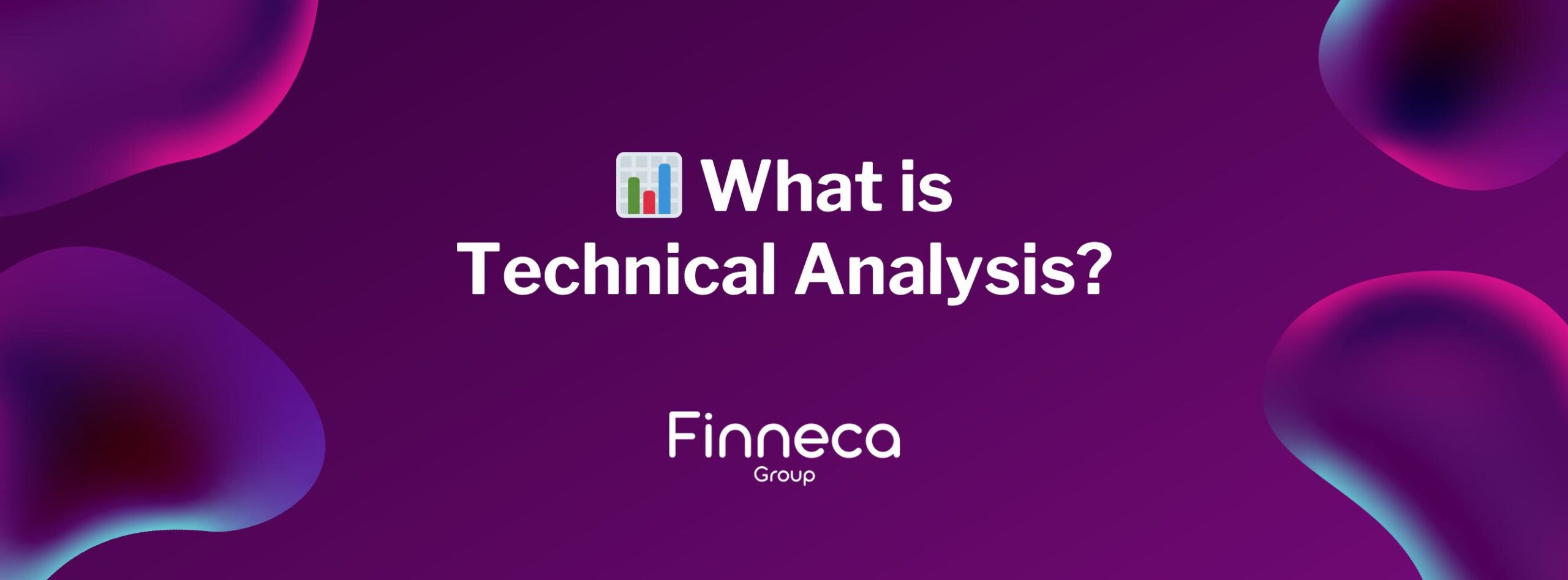📊 What is Technical Analysis?
When people hear the word "stock market", they often imagine numbers moving on a screen, charts full of lines, and traders making quick decisions. One of the key tools that traders use to make these decisions is something called Technical Analysis. So… what exactly is Technical Analysis? 🤔 Let’s break it down simply.
🧠 The Basics: What is Technical Analysis?
Technical Analysis (TA) is the study of price movements and volume in the stock market using charts, indicators, and patterns. Instead of focusing on company news or financial reports (that’s called fundamental analysis), technical analysts look at how prices have moved in the past to predict where they might go next. It’s like using history and patterns to guess the future 🔮📈🔍.
📉 Charts Are Your Best Friend
Technical analysis is visual. Traders rely heavily on charts to spot trends, signals, and potential reversals. Charts show you how a stock, crypto, or commodity has moved over time. You’ll often see different types of charts like:
- 📈 Line Charts
- 📊 Bar Charts
- 🕯️ Candlestick Charts – (most popular among traders) It shows open, high, low, and close prices — all in a single candle!
These charts help traders see if the market is trending up, trending down, or moving sideways.
🔧 Must-Know Tools in Technical Analysis
Here are some key tools every trader should get familiar with:
- 📍 Support & Resistance
Support = a price level where a stock tends to stop falling.
Resistance = a level where it tends to stop rising. - 📏 Trendlines
Help identify the direction of the market (uptrend/downtrend). - 🧪 Indicators & Oscillators
Some of the most popular ones:- 🧮 Moving Averages (MA) – Smooth out price data over time.
- 💪 Relative Strength Index (RSI) – Shows if a stock is overbought or oversold.
- ⚙️ MACD (Moving Average Convergence Divergence) – Measures trend strength.
- 🎯 Bollinger Bands – Detect volatility and potential breakouts.
These tools help traders confirm signals and time their trades more accurately.
🔍 Patterns in Charts: The Psychology Behind Price
Charts often form repeating patterns — driven by trader emotions like fear and greed. Recognizing these patterns can help predict future price movements. Some classic ones include:
- 🧍♂️ Head and Shoulders – Signals a trend reversal
- 🔁 Double Top & Bottom – Reversal pattern
- 🚩 Triangles, Flags, Pennants – Continuation patterns
These act like visual signals telling traders when to enter or exit a trade.
⚖️ Technical vs. Fundamental Analysis
| Aspect | Technical Analysis 📊 | Fundamental Analysis 📚 |
|---|---|---|
| Focus | Price & volume | Earnings, financial reports |
| Tools | Charts & indicators | Balance sheets, news |
| Timeframe | Short to long term | Mostly long term |
| Goal | Timing market entries | Measuring company value |
👉 Many smart investors combine both approaches to get the best of both worlds.
✅ Why You Should Learn Technical Analysis
Even if you're not a day trader, learning basic technical analysis can help you:
- 📈 Identify better entry & exit points
- 🔒 Manage risks with confidence
- 🔍 Understand market trends
- 🧠 Make data-driven decisions instead of guessing
Whether you're trading crypto, stocks, or futures, technical analysis gives you an edge in the market.
🚀 Final Thoughts
Technical Analysis isn’t magic 🪄 — it’s a tool to help you understand market behavior. With practice and patience, anyone can learn to read charts and use indicators to improve their trading or investing decisions. Start simple:
- 🕯️ Learn about candlesticks
- 📏 Experiment with basic indicators like RSI or MA
- 📊 Watch how prices react to support and resistance levels
So next time you look at a chart… you’ll know it’s telling a story 📖 — and with Technical Analysis, you’ll know how to read it! With time, you’ll start seeing the market through a technical lens — and that can make a huge difference in your trading journey. 📚
